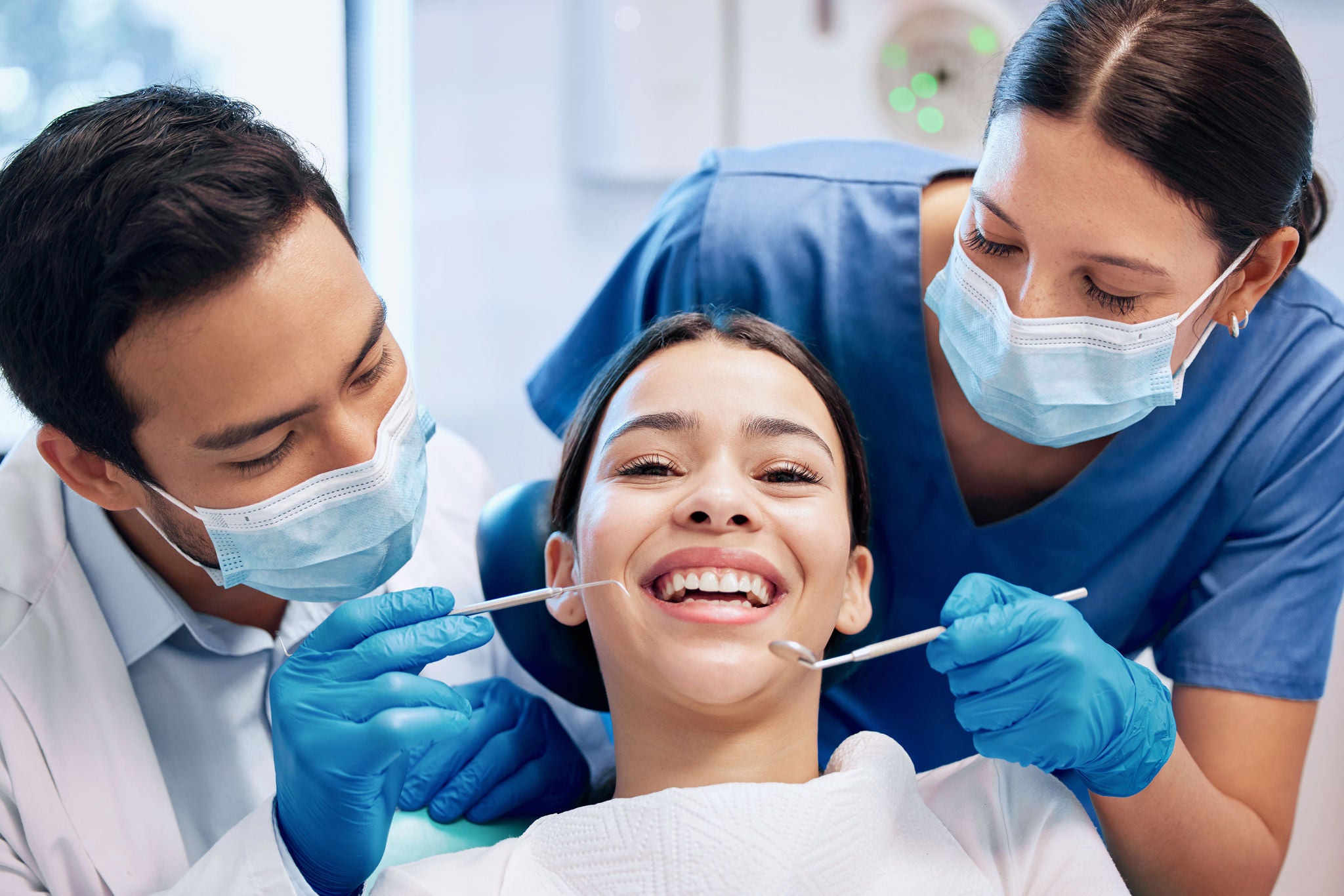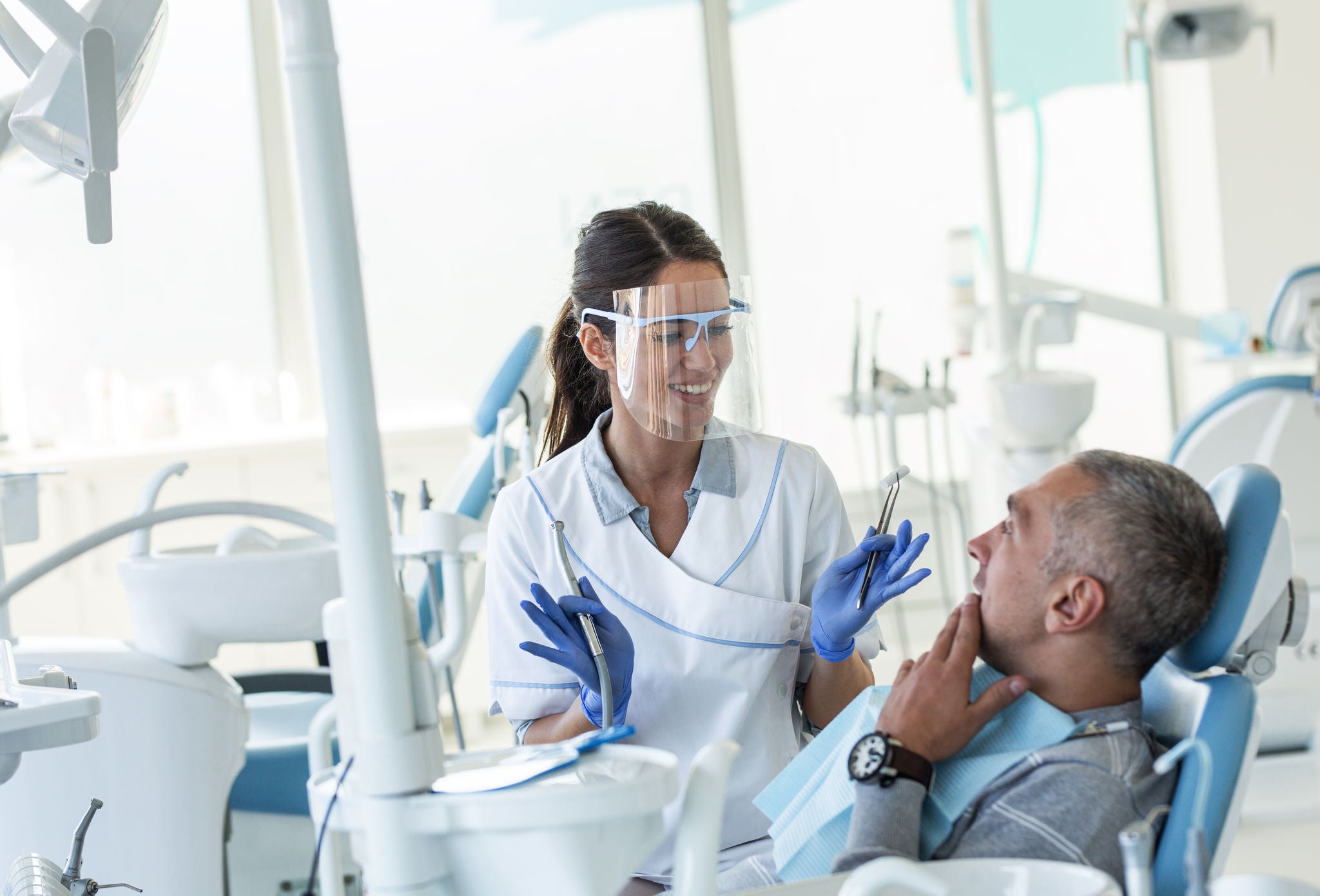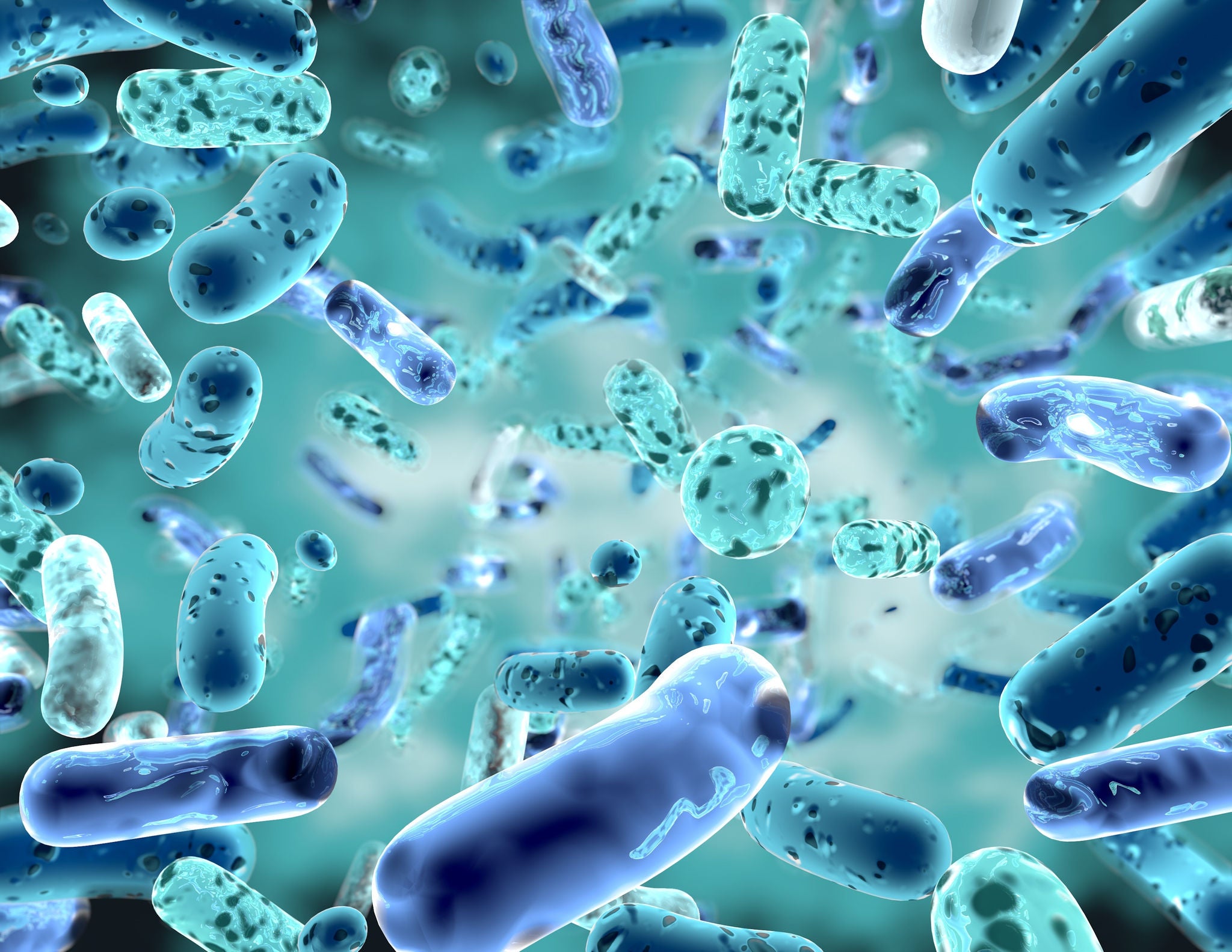
How A Multidisciplinary Approach Can Optimise Outcomes for Oral Cancer Patients
Cancer treatments can cause side effects and complications both system-wide and within affected areas.

When cancer presents within the head and neck area, patients are often faced with the disruption of several regular functions such as speaking, swallowing, tasting, and even breathing, negatively impacting quality of life and placing patients at risk for developing worsening conditions.
To minimise compounding complications, it is imperative that patients undergoing treatment for cancers of the head and neck area continue to practise good oral hygiene both at home and under the guidance of dental professionals.
In a recent Let’s Talk Oral Health webinar, Rachel Chau, Scientific Affairs manager from SUNSTAR Global was joined by Prof. Carlo Lajolo of Italy and Ms. Susan Cotten of the U.S. to discuss oral health risks that result from cancer therapies and best practices for ensuring optimal patient outcomes during cancer treatments.
You can watch the webinar below, or keep scrolling to find key highlights and takeaways.
Detection of oral cancer
As a specialist in head and neck cancers, Prof. Lajolo observes, “Worldwide, there are over 300,000 new cases of oral cancer every year.”
These cases are more prevalent in populations that have poor hygiene, use tobacco products, and drink alcohol in excess.
According to Prof. Lajolo, the best way to preserve oral health through cancer therapy is with early detection. Ms. Cotten agrees. “Head and neck cancers affect all the important structures for our speech and communication,” she says. “It impacts how we sustain life, through eating and drinking. Early detection is key for better long-term results.”
The way dentists and dental hygienists detect oral cancer is through an in-depth visual and tactile examination. They view and palpate extraorally and intraorally, assessing the lymph nodes and glands, the musculature, and the thyroid.
Patients are asked about their subjective experience of persistent hoarseness or difficulty swallowing. Finally, the dental team conducts an evaluation of the soft palate, the uvula, the palatine tonsils, the posterior third of the tongue and the anterior portion of the mouth.
Any abnormalities found or patient symptoms that raise concern may result in a referral for cancer screening at the oncologist.
These in-depth examinations are a critical part of Prof. Lajolo’s instruction. “I always say this to our students: they have to inspect the whole of the oral cavity, even the areas that are difficult to check. Early stage diagnosis is the most important prognostic factor.”
Oral conditions associated with cancer treatment
While surgery can be disruptive to the oral cavity, the cancer treatment that causes the most cascade of issues is radiotherapy treatment in the head and neck area.
Radiotherapy of the head and neck area often impairs salivary glands. Even minimal damage to these salivary glands can result in conditions that range from moderately aggravating to life-threatening.
Oral mucositis
Oral mucositis is a condition that can occur as a result of radiotherapy in the head and neck area or chemotherapy treatment or a combination of both. The connection between radio or chemotherapy and mucositis was first hypothesised by Sonis et al. in the late 1980s.
This condition affects the mucosal tissues of the mouth and digestive tract. Mucositis affects both the epithelium and the underlying connective tissue, triggering a cascade of inflammatory mediators like TNF-alpha, interferon gamma and many others that cause the formation of potentially extensive ulcers affecting the quality of life of the patient.
The oral mucositis is rated on a four-grade scale developed by the WHO. The scale ranges from Grade 0 where patients show no sign of the condition through Grade 4 where ulcers have progressed to the point patients need to be hospitalised and a feeding tube inserted.
Ms. Cotten notes that more can be done to prevent patients from reaching Grade 4 mucositis. “At times we are reactive rather than proactive with these head and neck cancer patients, waiting until we start to see something occurring in the mouth. As dentist and dental hygienists working in conjunction with oncologists, if we get our patients on a preventative regime immediately from diagnosis, we can work with the patient to lessen some of these issues.”
Prof. Lajolo agrees. “We should be proactive with our mitigation plans to help prevent serious outcomes.”
To learn more about oral mucositis, check out the clinical guidebook developed with Prof. Lajolo here on sunstar.com.
SUNSTAR offers a line of GelX professional products designed to reduce the risk of cancer patients developing oral mucositis during treatment.
Xerostomia
Xerostomia is a condition that results in the patient feeling as if their mouth is not producing adequate saliva, regardless of the objective measurement of saliva present.
Prof. Lajolo suggests an objective and subjective evaluation for patients complaining of xerostomia-like symptoms. Measurement of salivary flow is achieved through assessing basal flow and flow stimulated by citric acid.
While radiotherapy is a significant cause of xerostomia in patients receiving cancer treatment, it is also caused by other conditions like diabetes and hypertension, as well as certain medications.
Noting that some patients may enter into cancer treatment with an already-present case of xerostomia, Prof. Lajolo suggests, “Use of salivary substitutes can be a big help to these patients.”
Ms. Cotten notes that while patients are often told to suck on candies to stimulate saliva flow, these are often sugary candies, which can exacerbate other dental conditions. Rather, Ms. Cotten suggests, patients should be directed to sugar-free citric lozenges or xylitol-based products.
“Just being proactive and getting them on products for dry mouth to help reduce the progression of the condition is key.”
Oral candidiasis
Oral candidiasis is an infection in which the fungus Candida albicans accumulates in the mouth.
When damage to salivary glands results in reduction of salivary flow, it can impact the normal physiological cleaning of the mouth. Significant changes in the oral microbiota can favour the rise of Candida, which can become a chronic issue for patients. Oral candidiasis is confirmed through an oral swab.
The treatment for oral candidiasis involves consumption of drugs or probiotics that help reset the oral flora, pushing out the Candida albicans infection.
Ms. Cotten suggests starting patients on a probiotic at the onset of cancer treatment. “There’s no absolute solution to prohibit these conditions from occurring, but this would perhaps reduce the occurrence of oral candidiasis.”
Rampant caries and periodontal diseases
“Hygienists live in periodontal disease,” observes Ms. Cotten. “We should be asking ourselves: what can we do to help patients save as many teeth as possible during this cancer diagnosis?”
Ms. Cotten goes on to state that a hygienists’ role is paramount in treating cancer patients. “The more teeth we can keep in mouth, the more we reduce the risk of an extraction, which can lead to further complications.”
Rampant caries damages enamel and dentine becomes soft and easily broken. Patients should be treated with Silver Diamine Fluoride (SDF) and given a fluoride tray for home care use Cancer patients are also at significant risk of developing periodontal disease, tooth loss, and other complications related to their cancer treatment.
Prevention is once again the best way to mitigate risk of developing rampant caries and periodontal diseases during oral cancer treatment. Educating the patient on proper oral care ahead of the onset of cancer treatment is vital..
An outline for multidisciplinary patient care
Prof. Lajolo and Ms. Cotten rounded out their conversation by emphasising the importance of interdisciplinary collaboration in ensuring the oral health of patients undergoing not only head and neck cancer treatment, but all cancer treatments.
Ms. Cotten offered the following outline for best care practices when identifying and treating oral cancer patients.
- Dentists and hygienists conduct a thorough exam and refer patients for biopsy.
- Interdisciplinary approach: Dental team contacts the patient’s oncology team after diagnosis and, with patient permission, asks to remain informed as cancer treatment progresses. This becomes the patient’s whole care team for oral health.
- Before cancer treatment begins, the dental team sets a separate personal appointment with the patient to review oral hygiene instruction, make fluoride trays, and offer product recommendations, such as a SUNSTAR GUM® post-operation toothbrush.
- The dental team establishes weekly visits with the patient to assess their oral health and identify issues, as well as apply in-office fluoride treatments.
- Continually assess if current products are still working for the patient
Prof. Lajolo emphasises the importance of multidisciplinary treatment of patients, lending empathy to his professional point of view. “This is our daily clinical life, and these are our daily patients. Their conditions are difficult and demanding, and we need a dedicated, multidisciplinary approach to best treat these patients.”
